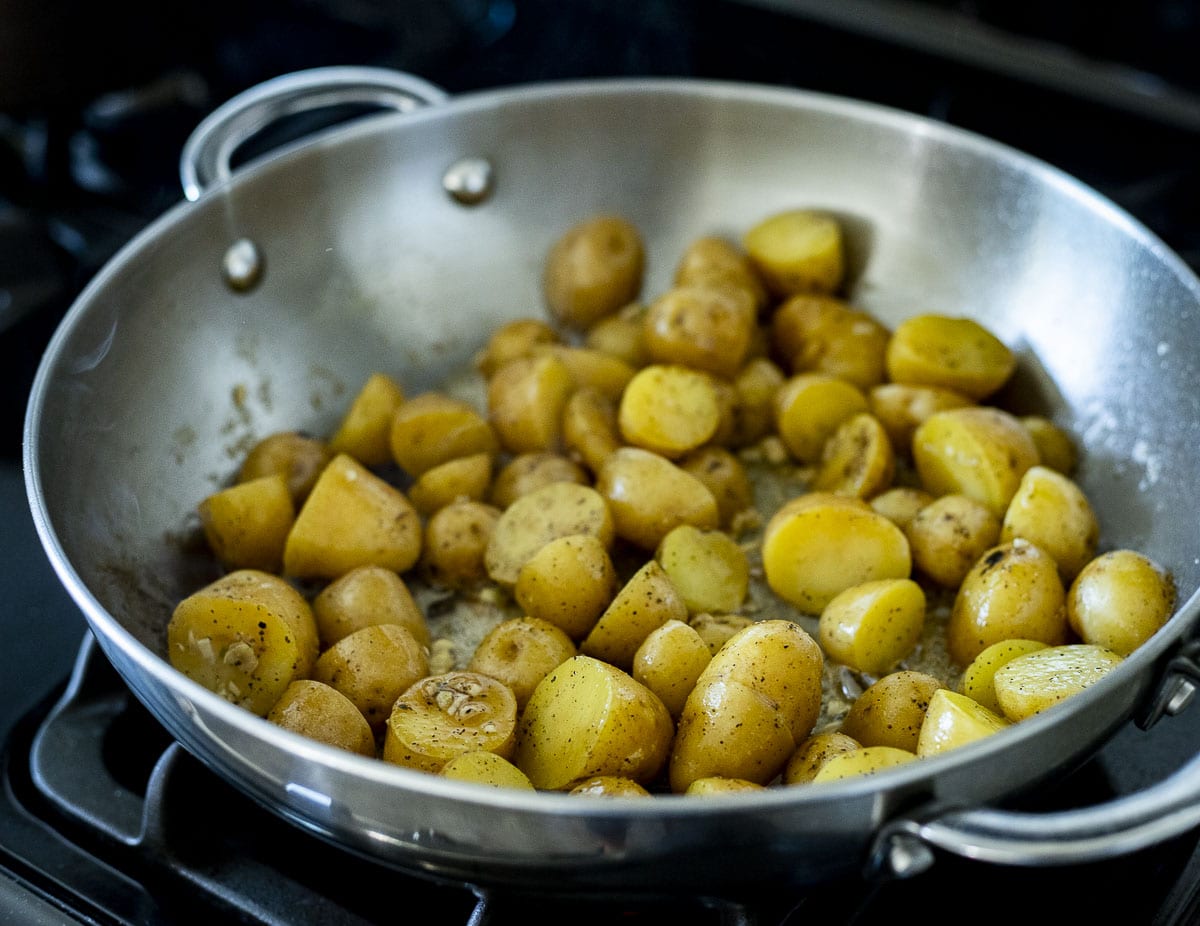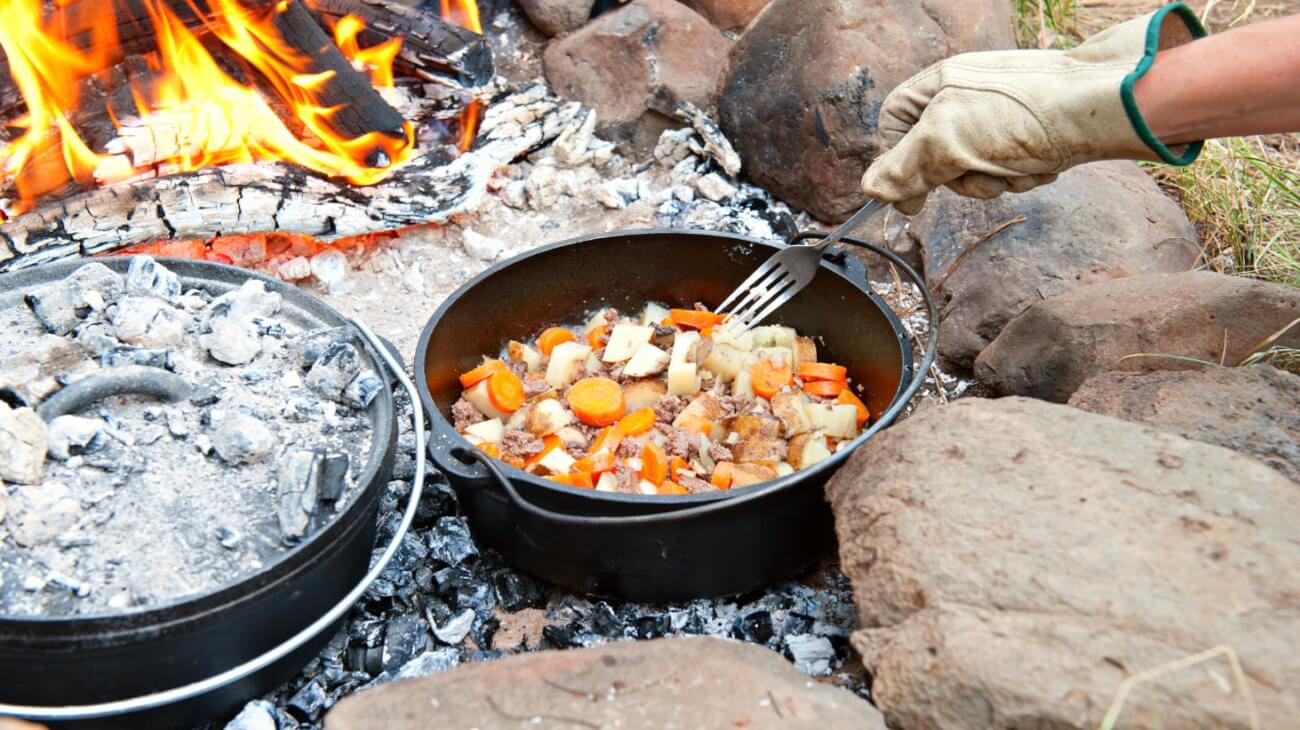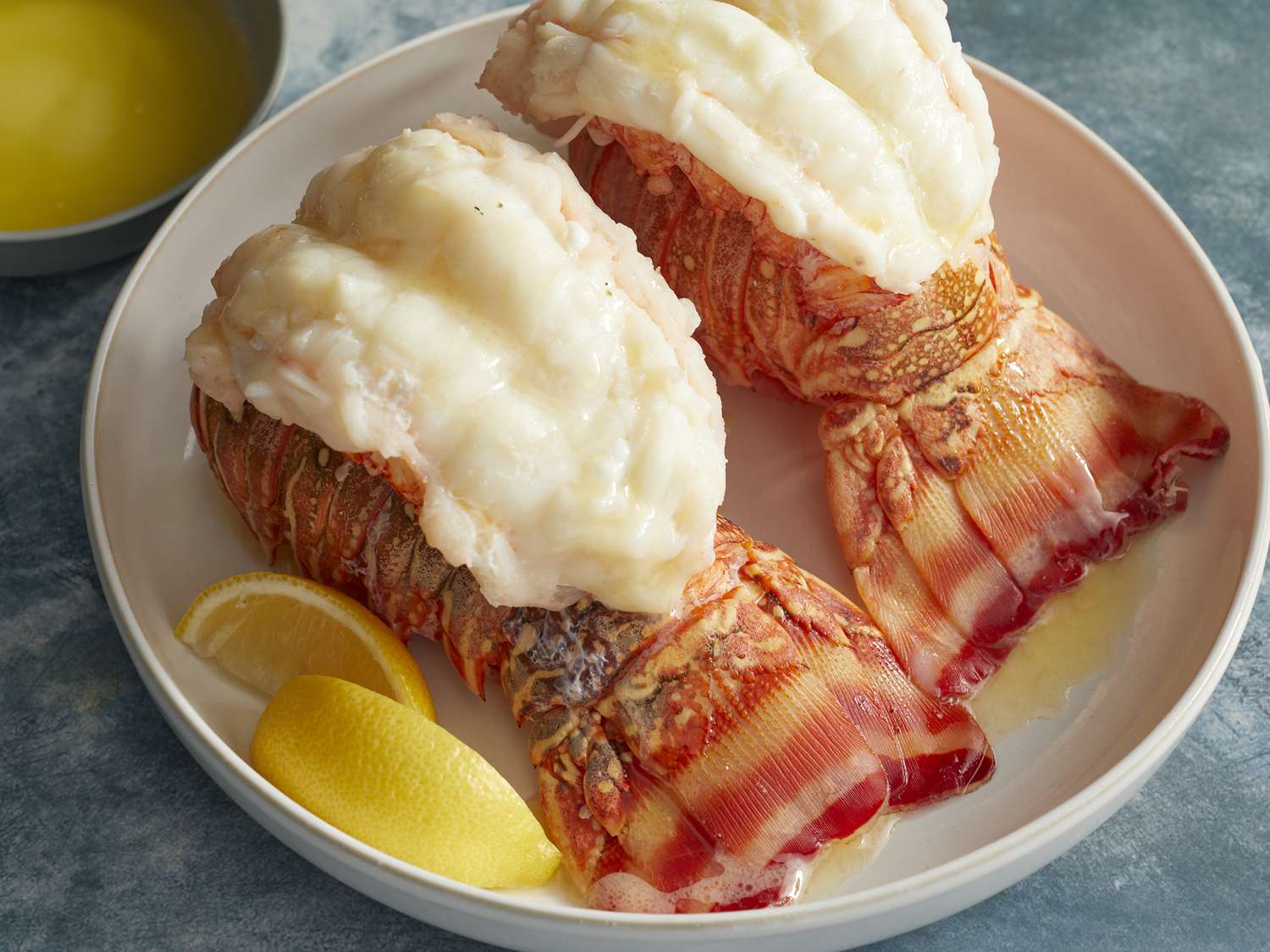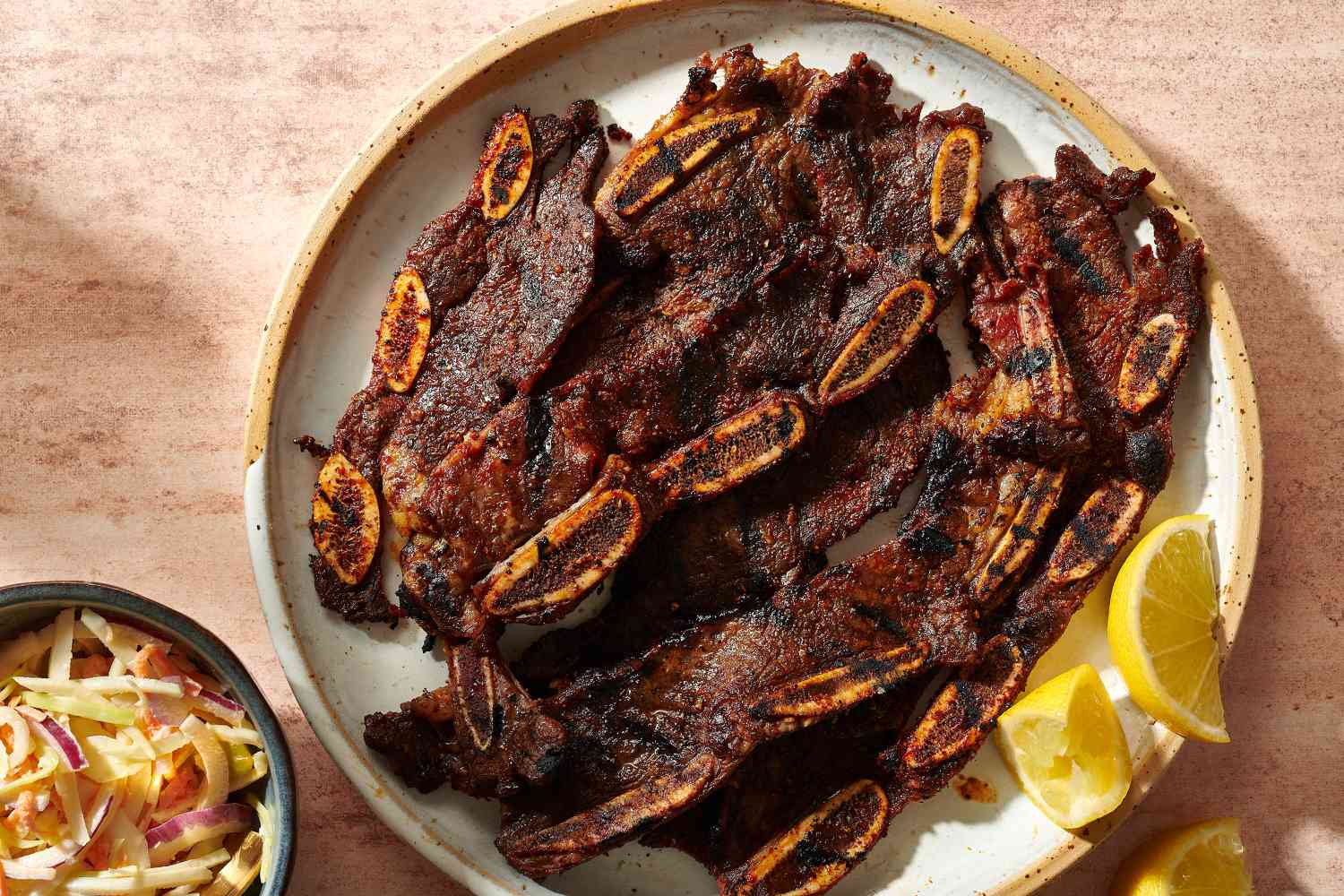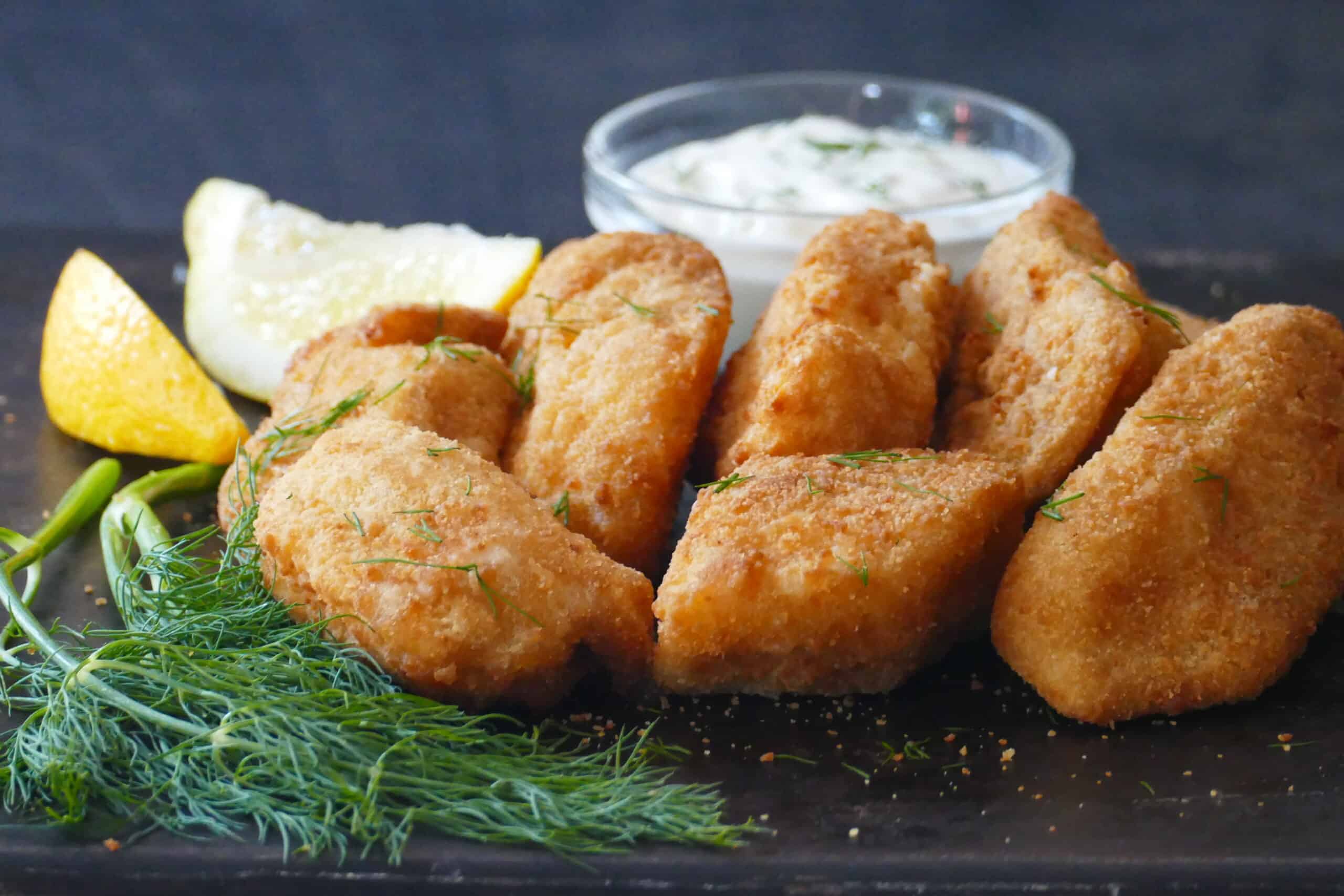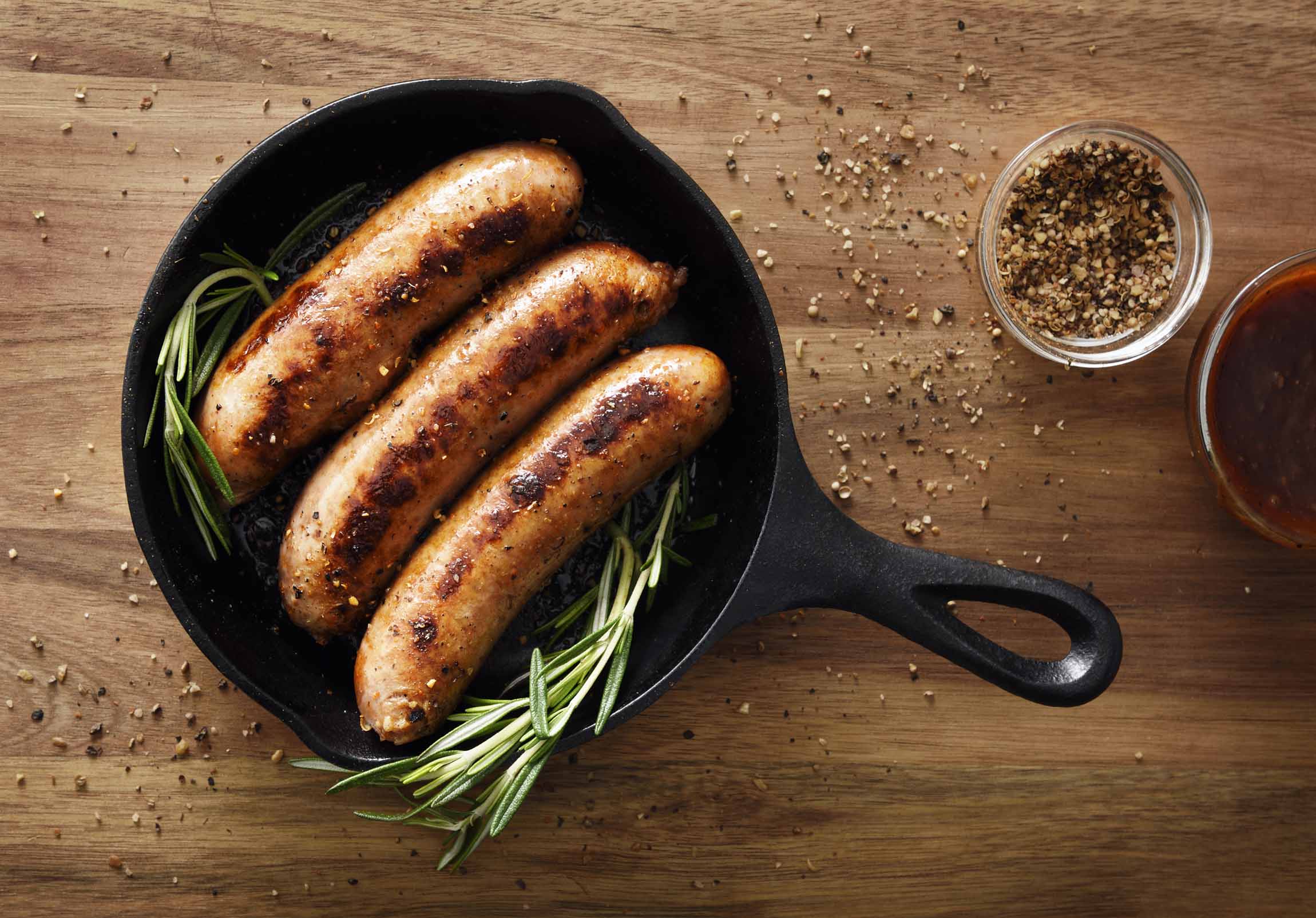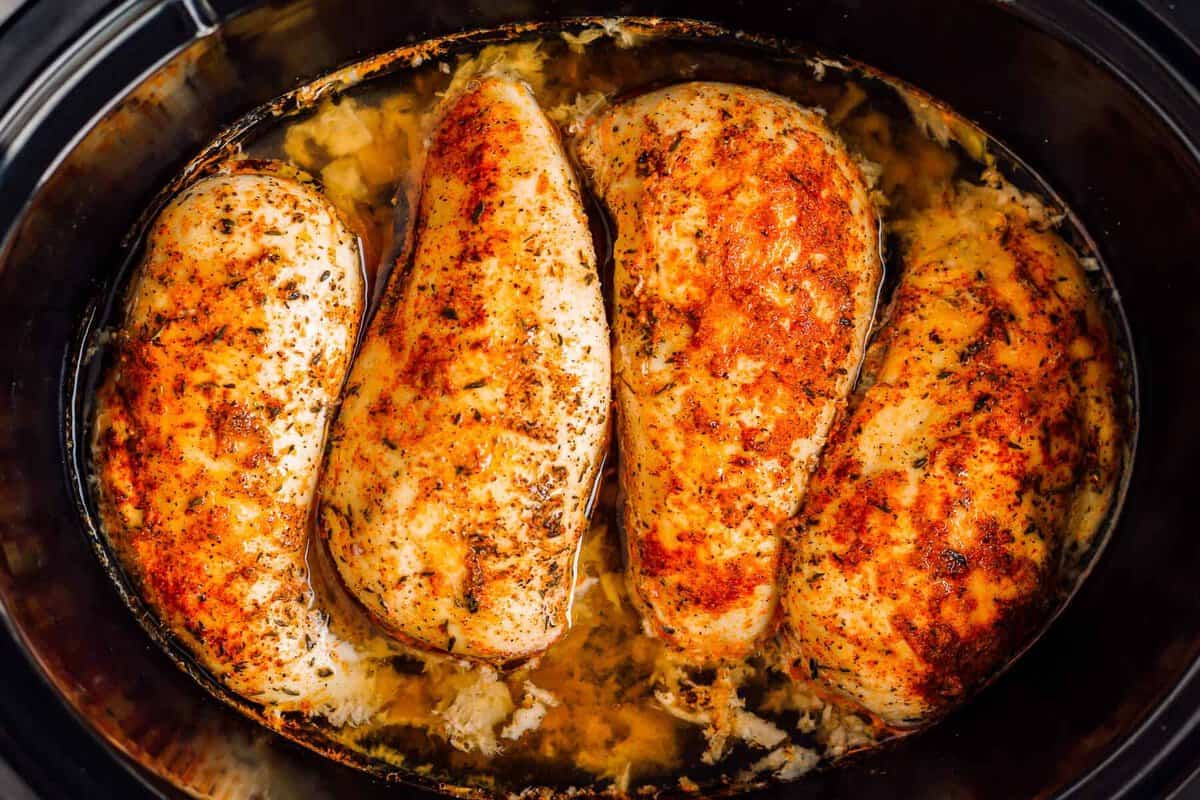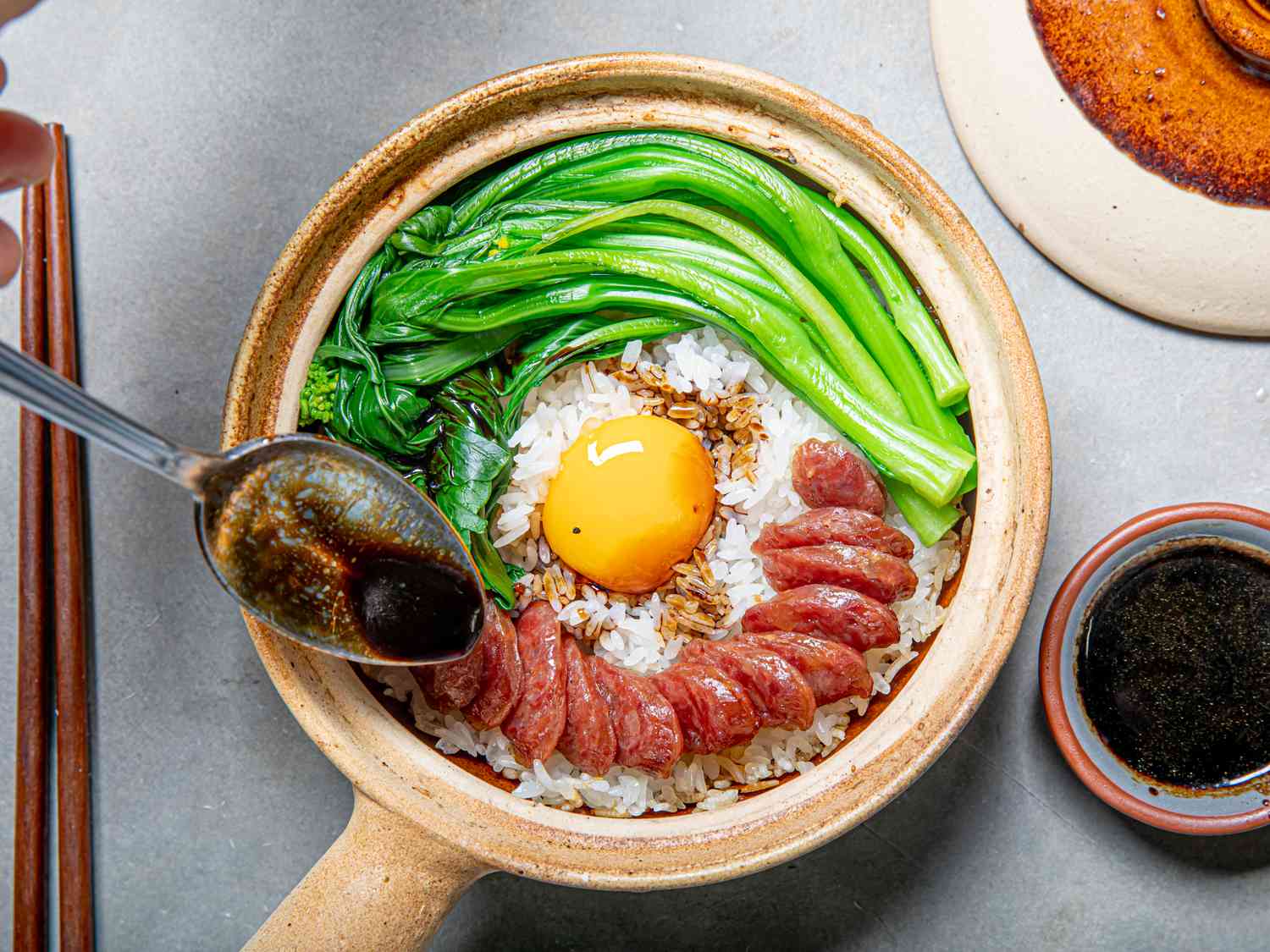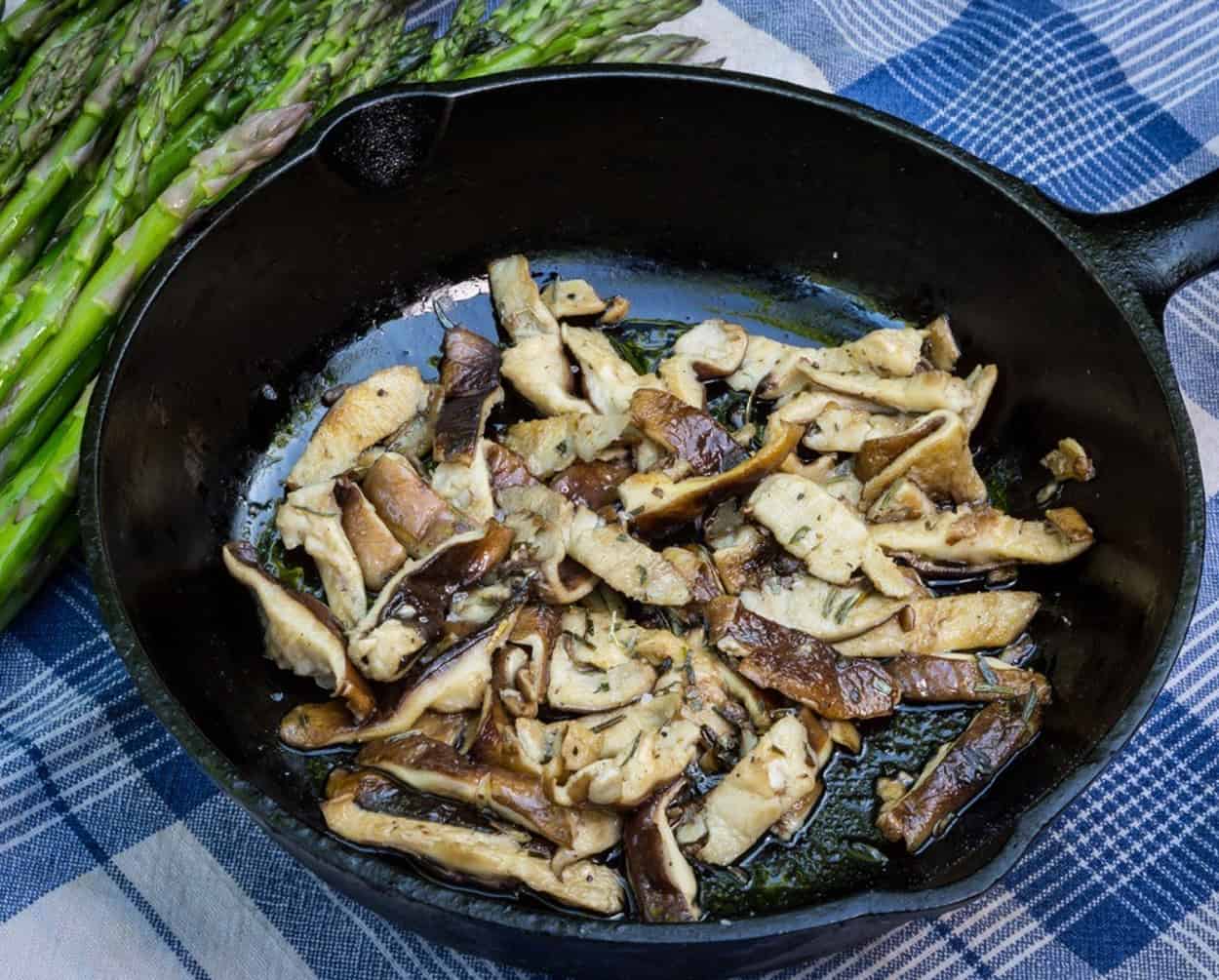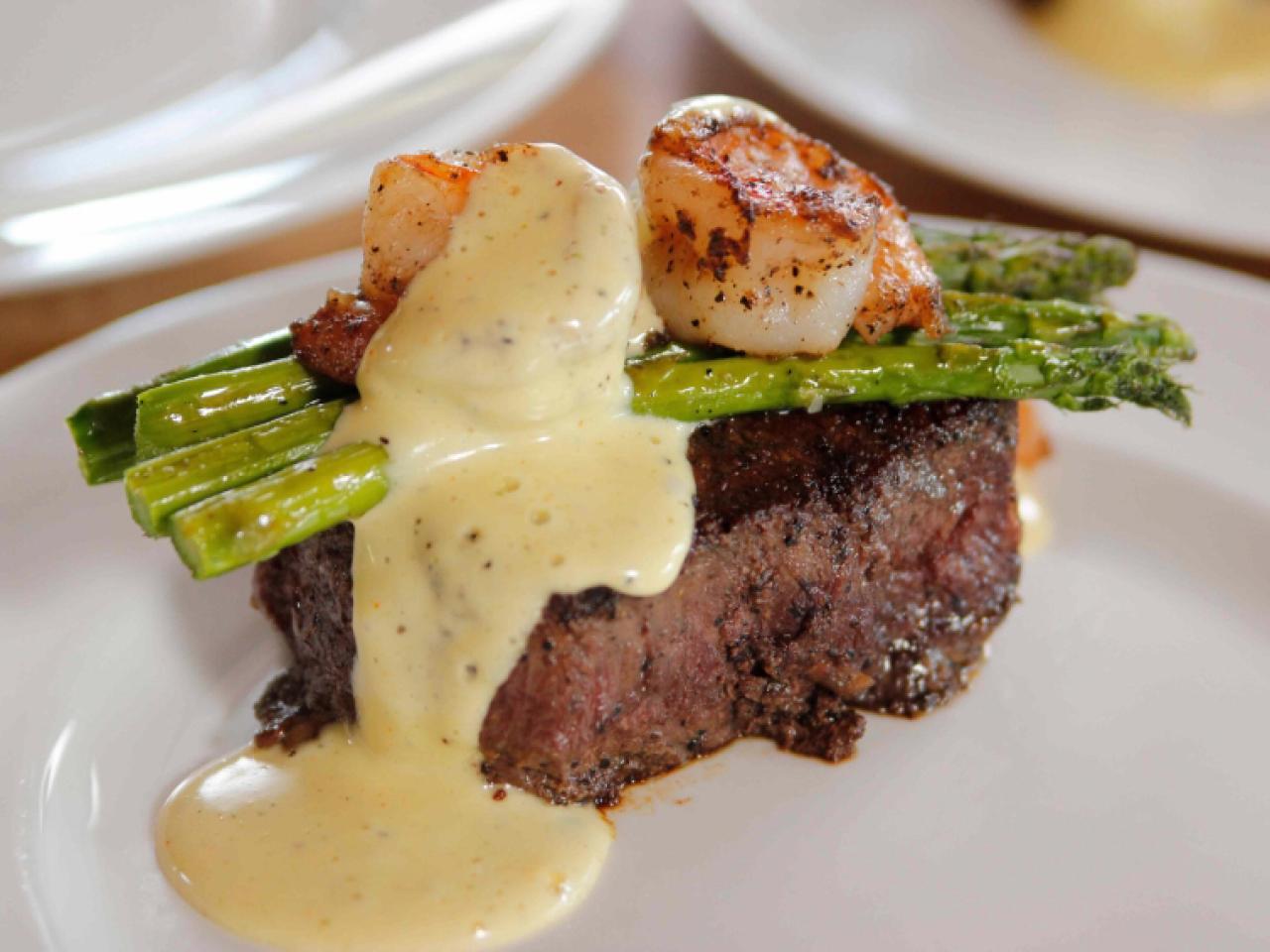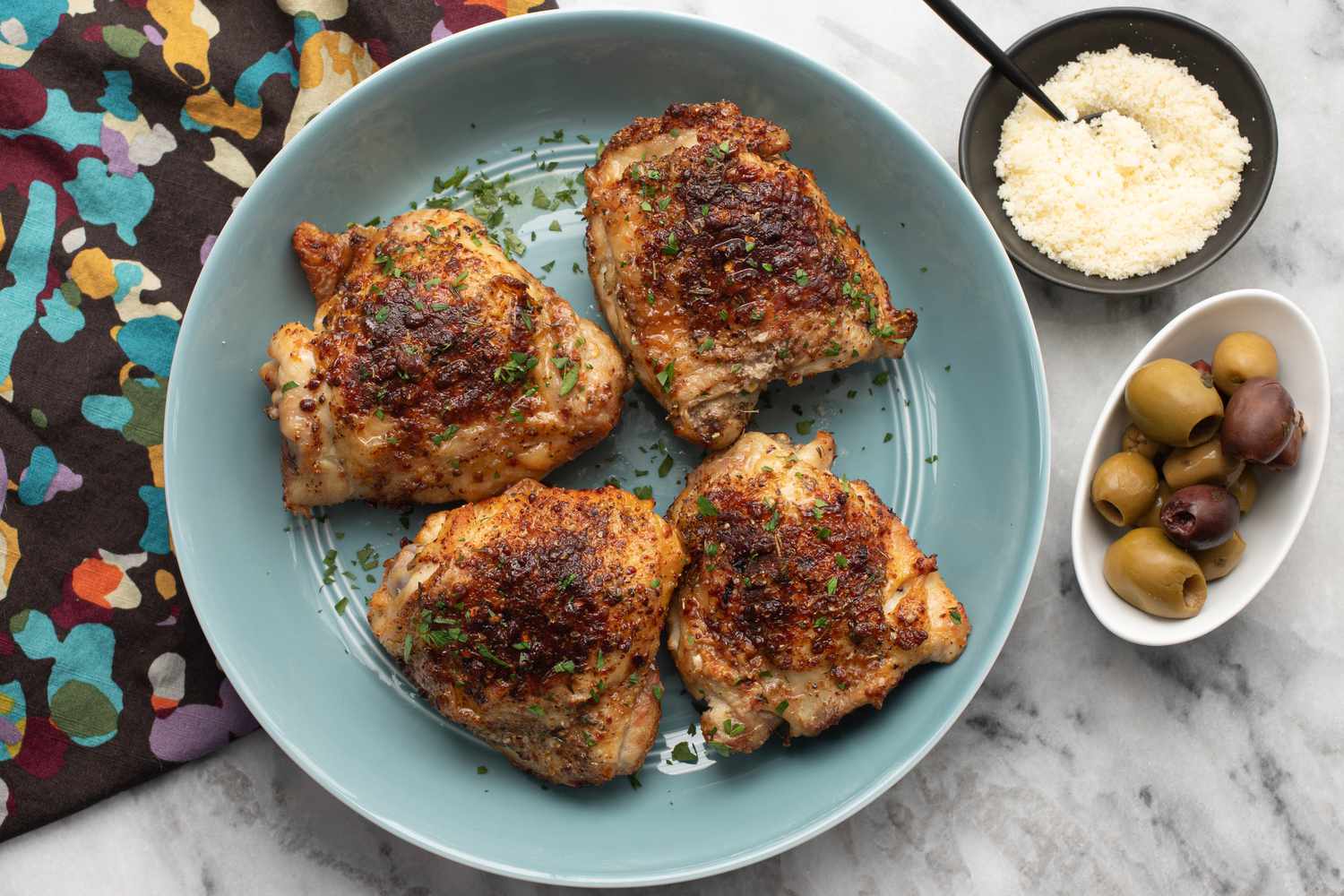Unlock the Flavor Potential of Bulb Onions in Your Kitchen
When it comes to adding richness and depth to your culinary creations, few ingredients can compare to the versatile and flavorful bulb onion. These humble vegetables are a staple in kitchens around the world, and for good reason. Not only do they bring a distinctive taste to a variety of dishes, but they also offer numerous health benefits.
Are you ready to enhance your cooking skills and make the most of this incredible ingredient? Let’s dive into the world of bulb onions and explore some delicious ways to incorporate them into your favorite recipes.
1. Sauteed Bulb Onions
If you’re looking for a simple and quick way to enjoy the natural sweetness of bulb onions, sautéing them is an excellent choice. Start by peeling and thinly slicing the onions. Heat a drizzle of olive oil or butter in a pan over medium heat, then add the onions. Cook them until they turn translucent and slightly caramelized, stirring occasionally. Sauteed bulb onions are the perfect addition to sandwiches, stir-fries, or as a topping for grilled meats.
2. Caramelized Bulb Onions
For a more intense and indulgent flavor, try caramelizing bulb onions. This slow-cooking process brings out their natural sugars and creates a sweet, melt-in-your-mouth texture. To caramelize onions, thinly slice them and place them in a hot pan with a mixture of butter and olive oil. Cook them over low heat, stirring occasionally, until they turn golden brown. The result is a savory accompaniment for soups, roasted meats, or a delightful topping for pizzas and tarts.
3. Roasted Bulb Onions
Roasting bulb onions is a fantastic way to infuse them with a rich, smoky flavor. Begin by peeling and halving the onions. Place them on a baking sheet, drizzle with olive oil, and season with salt and pepper. Roast them in a preheated oven at 400°F (200°C) for about 30 minutes or until they are tender and slightly charred. The caramelization process adds depth to the flavor, making these roasted onions a fantastic side dish or a delicious addition to salads and sandwiches.
4. Grilled Bulb Onions
Bring out the sweetness of bulb onions even more by throwing them on the grill. Start by cutting the onions into thick slices or wedges to prevent them from falling through the grates. Brush them with olive oil and season with your favorite herbs and spices. Grill the onions over medium-high heat, flipping them occasionally, until they are tender and exhibit grill marks. Grilled bulb onions are a scrumptious accompaniment to grilled meats, kebabs, or even as a standalone grilled vegetable dish.
5. Pickled Bulb Onions
If you’re looking to add a tangy and crunchy element to your dishes, pickled bulb onions are the way to go. Thinly slice the onions and place them in a jar. In a separate saucepan, mix vinegar, water, sugar, and your choice of spices (such as peppercorns or bay leaves). Bring the mixture to a boil, then pour it over the sliced onions in the jar. Allow the pickled onions to cool before sealing the jar and refrigerating for at least 24 hours. These tangy treats pair perfectly with sandwiches, salads, and charcuterie boards.
Now that you have discovered these creative cooking methods, it’s time to unleash the culinary potential of bulb onions in your kitchen. Whether you sauté, caramelize, roast, grill, or pickle them, these versatile vegetables will elevate the flavors in your favorite recipes and make your taste buds dance with joy. So, go ahead and experiment with bulb onions to create impressive, delicious dishes that will leave your friends and family craving for more!
